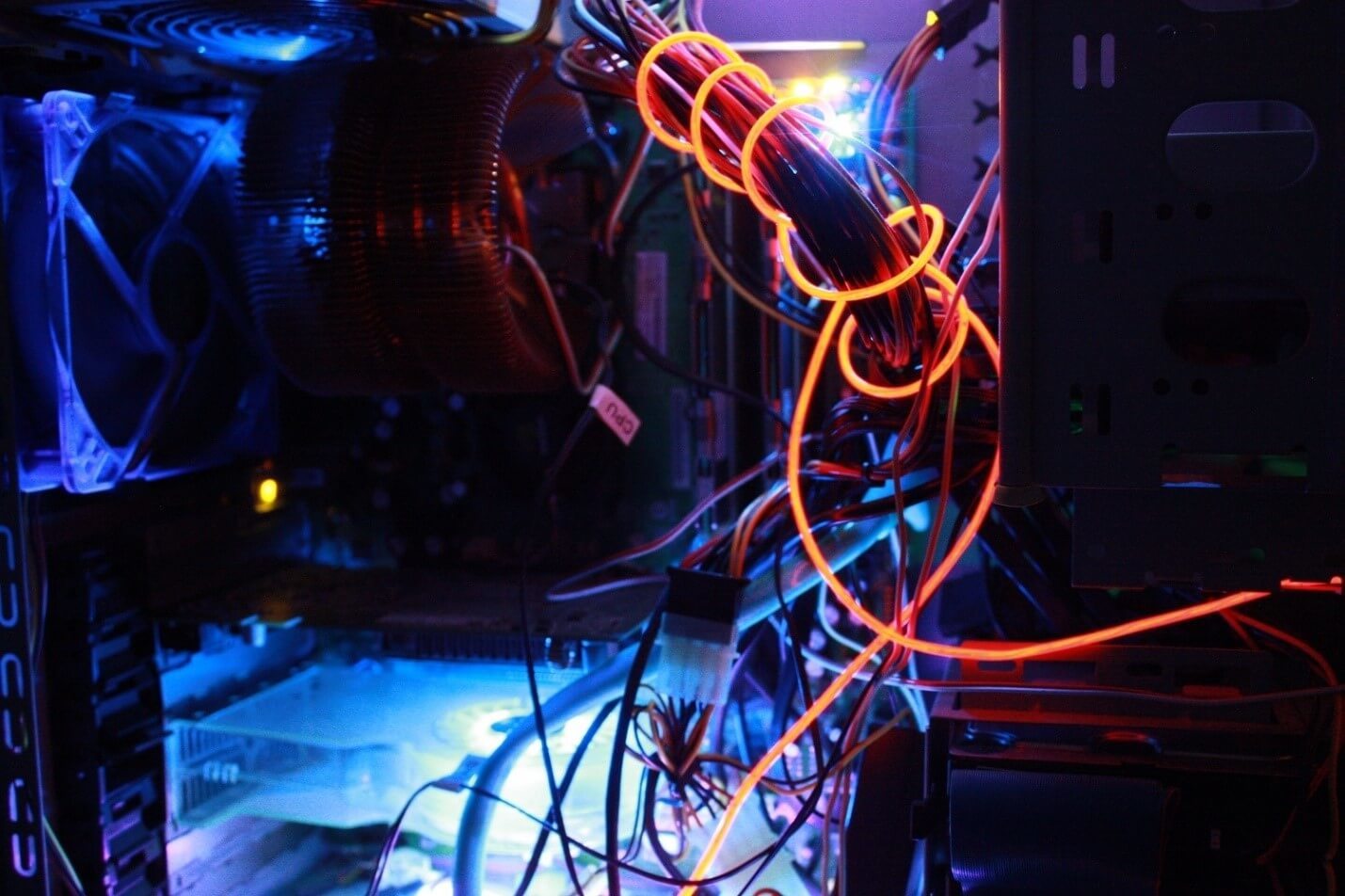"100,000 times faster": ultra-short light pulses in computing
A team of scientists has shown that ultrashort custom light pulses lasting several femtoseconds will allow in the future to create computers that run 100 thousand times faster than modern electronic systems.
 / Flickr / gill e / cc
/ Flickr / gill e / cc
With the help of the developed method, the teaching found a way to move electrons faster than the current does it now. "This is a step towards the so-called optical electronics and quantum computing," - said Professor Macillo Kira (Mackillo Kira), who participates in the study.
')
Electrons passing through semiconductors in a computer sometimes collide with other electrons, releasing energy in the form of heat. The new concept suggests that electrons can be controlled with ultra-fast laser pulses. Such overclocking leads to a decrease in the statistical probability of their collision (almost to zero).
“Over the past few years, we and other groups of scientists have been convinced that an alternating electric field of ultrashort laser pulses can move electrons in solids,” said Rupert Huber, a professor of physics at Regensburg University. “The whole community was agitated because, using this feature, we can create computers that work at unprecedented frequencies.”
This new work is a step forward to the possibility of mobilizing groups of electrons inside a semiconductor crystal using terahertz radiation - a part of the electromagnetic spectrum between microwaves and infrared radiation.
The researchers sent laser pulses into a gallium selenide crystal. The pulses were no longer than 100 femtoseconds. Each pulse transferred electrons in a semiconductor to a higher energy level, allowing them to move freely, and moved around the crystal. The motion of electrons was influenced by the location of the semiconductor, for example, they could move along or between atomic bonds.
At the same time, inside the crystal, their speed was high enough to take "pictures" of other electrons as they pass by them. Scientists believe that this feature will allow you to write information to electrons and read it.
“We also managed to transfer the electron to two excited states at the same time,” said Professor McKillo Kira. “This is already a quantum region.”
The electron is so small that it behaves like a wave and a particle. When going into the excited state, the wavelength changes. Since the electron was in two excited states at the same time, the waves interfered with each other and left an “imprint” on a short pulse emitted by the electron.
Scientists are convinced that the concept can be used to conduct quantum computing using electrons in the excited state as qubits.
What else do we write on our Vas Experts blog:
 / Flickr / gill e / cc
/ Flickr / gill e / ccWith the help of the developed method, the teaching found a way to move electrons faster than the current does it now. "This is a step towards the so-called optical electronics and quantum computing," - said Professor Macillo Kira (Mackillo Kira), who participates in the study.
')
Electrons passing through semiconductors in a computer sometimes collide with other electrons, releasing energy in the form of heat. The new concept suggests that electrons can be controlled with ultra-fast laser pulses. Such overclocking leads to a decrease in the statistical probability of their collision (almost to zero).
“Over the past few years, we and other groups of scientists have been convinced that an alternating electric field of ultrashort laser pulses can move electrons in solids,” said Rupert Huber, a professor of physics at Regensburg University. “The whole community was agitated because, using this feature, we can create computers that work at unprecedented frequencies.”
This new work is a step forward to the possibility of mobilizing groups of electrons inside a semiconductor crystal using terahertz radiation - a part of the electromagnetic spectrum between microwaves and infrared radiation.
The researchers sent laser pulses into a gallium selenide crystal. The pulses were no longer than 100 femtoseconds. Each pulse transferred electrons in a semiconductor to a higher energy level, allowing them to move freely, and moved around the crystal. The motion of electrons was influenced by the location of the semiconductor, for example, they could move along or between atomic bonds.
At the same time, inside the crystal, their speed was high enough to take "pictures" of other electrons as they pass by them. Scientists believe that this feature will allow you to write information to electrons and read it.
“We also managed to transfer the electron to two excited states at the same time,” said Professor McKillo Kira. “This is already a quantum region.”
The electron is so small that it behaves like a wave and a particle. When going into the excited state, the wavelength changes. Since the electron was in two excited states at the same time, the waves interfered with each other and left an “imprint” on a short pulse emitted by the electron.
Scientists are convinced that the concept can be used to conduct quantum computing using electrons in the excited state as qubits.
What else do we write on our Vas Experts blog:
- "There is nowhere less": scientists from IBM have stored information in the atom
- Begin End: IPv4 addresses really end
- A little about the history of CAPTCHA
- New features of the product SCAT DPI 6.0 “Sevastopol” from VAS Experts
- Advantages of using extended functionality of SCAT DPI
- Library of the administrator of systems for traffic analysis (DPI)
- DPI system SCAT as L3 BRAS
Source: https://habr.com/ru/post/321120/
All Articles